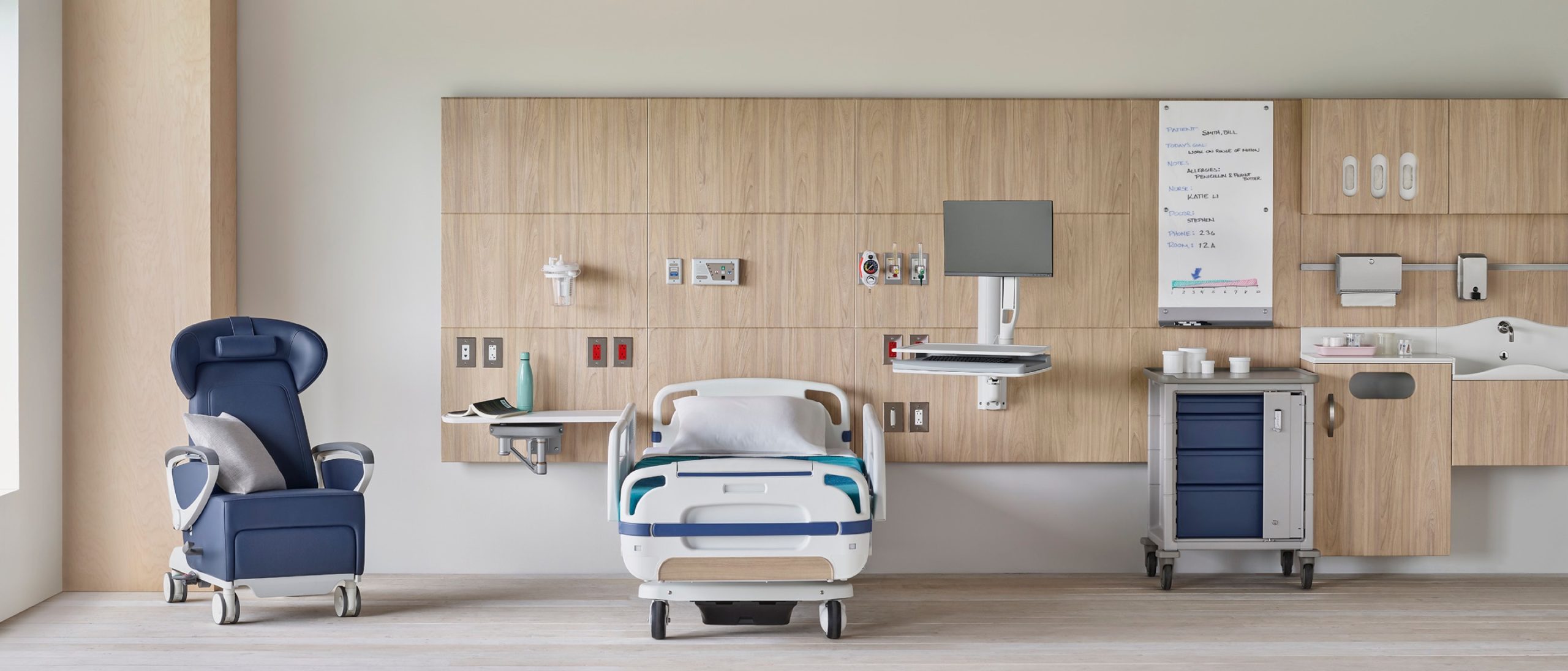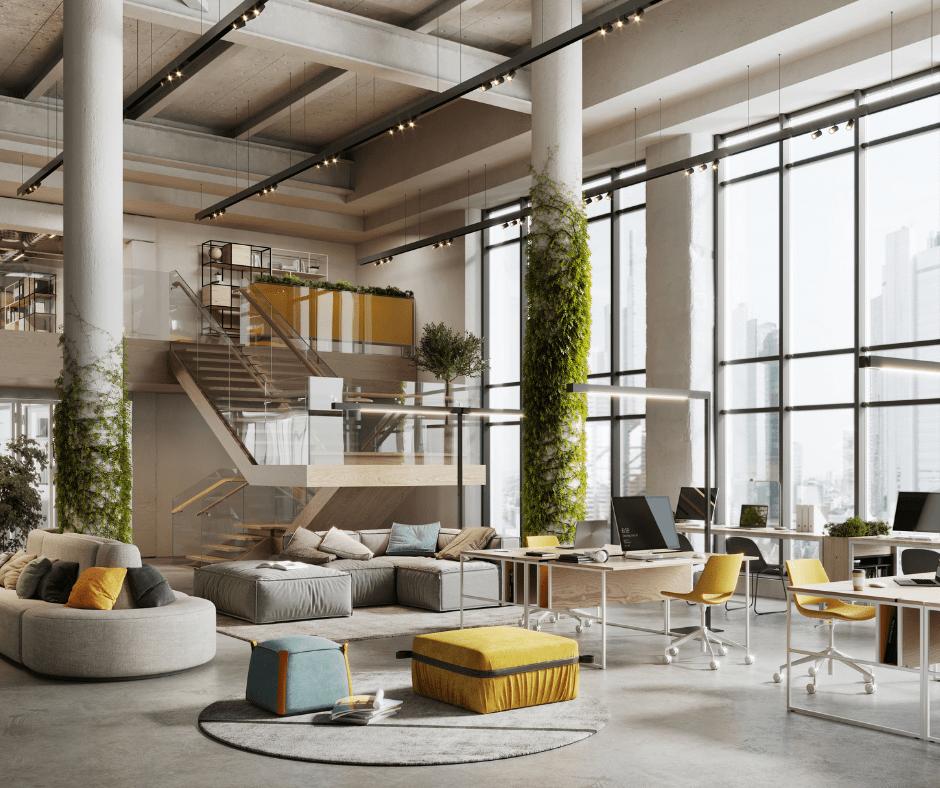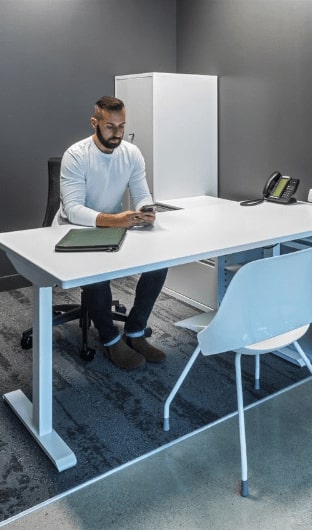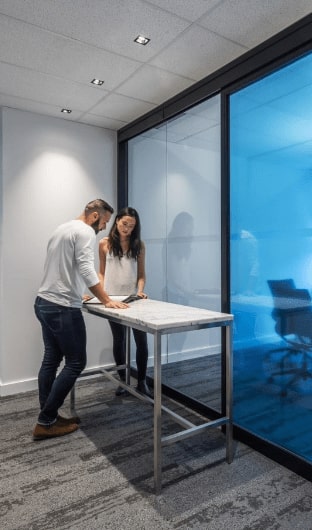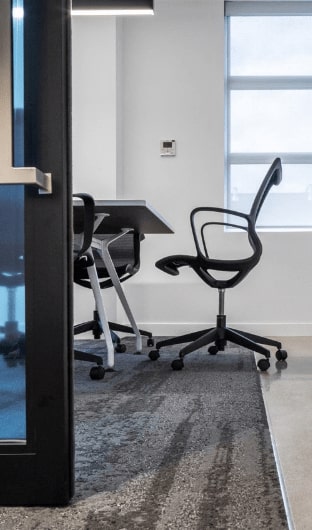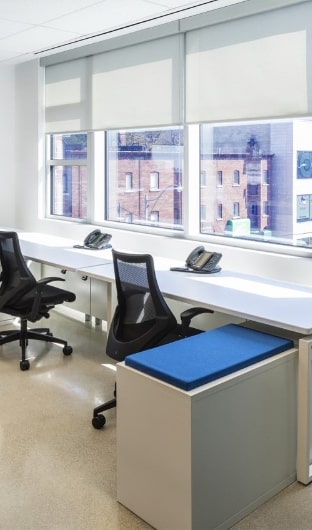As environmental awareness continues to grow, schools are increasingly recognizing the importance of adopting sustainable practices. One significant area where schools can make an impact is through their choice of furniture. Sustainable furniture not only benefits the environment but also creates healthier and more inspiring learning environments for students. This article explores the importance of sustainable furniture in schools and offers guidance on making eco-friendly choices.
Continue reading
In today’s rapidly evolving work environment, the expectations and desires of employees have shifted significantly. As the workforce becomes more diverse and technology continues to reshape how we work, understanding what modern employees want from their workplace has become crucial for employers aiming to attract, retain, and engage top talent. In this article, we explore several key factors that influence employee satisfaction and productivity in the modern workplace.
Continue reading
Designing educational spaces that foster the well-being of students and staff plays a significant role in improving academic performance.
In the current landscape of higher education, prioritizing well-being is crucial. Both students and educators encounter numerous pressures, from mental health challenges to academic and social demands. Research indicates that the physical environment significantly impacts wellbeing and educational quality. By carefully designing campuses, we can create spaces that nurture not only academic achievement but also emotional, physical, and mental health.
Continue reading
In the modern workplace, productivity is imperative to attaining success. Companies are always looking for innovative ways to enhance efficiency and employee satisfaction. One such innovation is the integration of smart office furniture. Incorporating technology into everyday office furnishings, businesses can create an environment that not only boosts productivity but also improves employee well-being. This article explores how smart office furniture can transform your workspace and boost overall employee productivity.
Continue reading
In the ever-evolving landscape of modern work environments, prefabricated office spaces have emerged as a popular choice for businesses seeking flexibility, sustainability and cost-effectiveness. These modular structures are designed for quick assembly and can be easily customized to suit a variety of needs. However, furnishing such spaces requires thoughtful consideration to ensure that they are both functional and aesthetically pleasing. In this article, we will explore effective furniture solutions that can enhance the utility and appeal of prefabricated office spaces.
Continue reading




